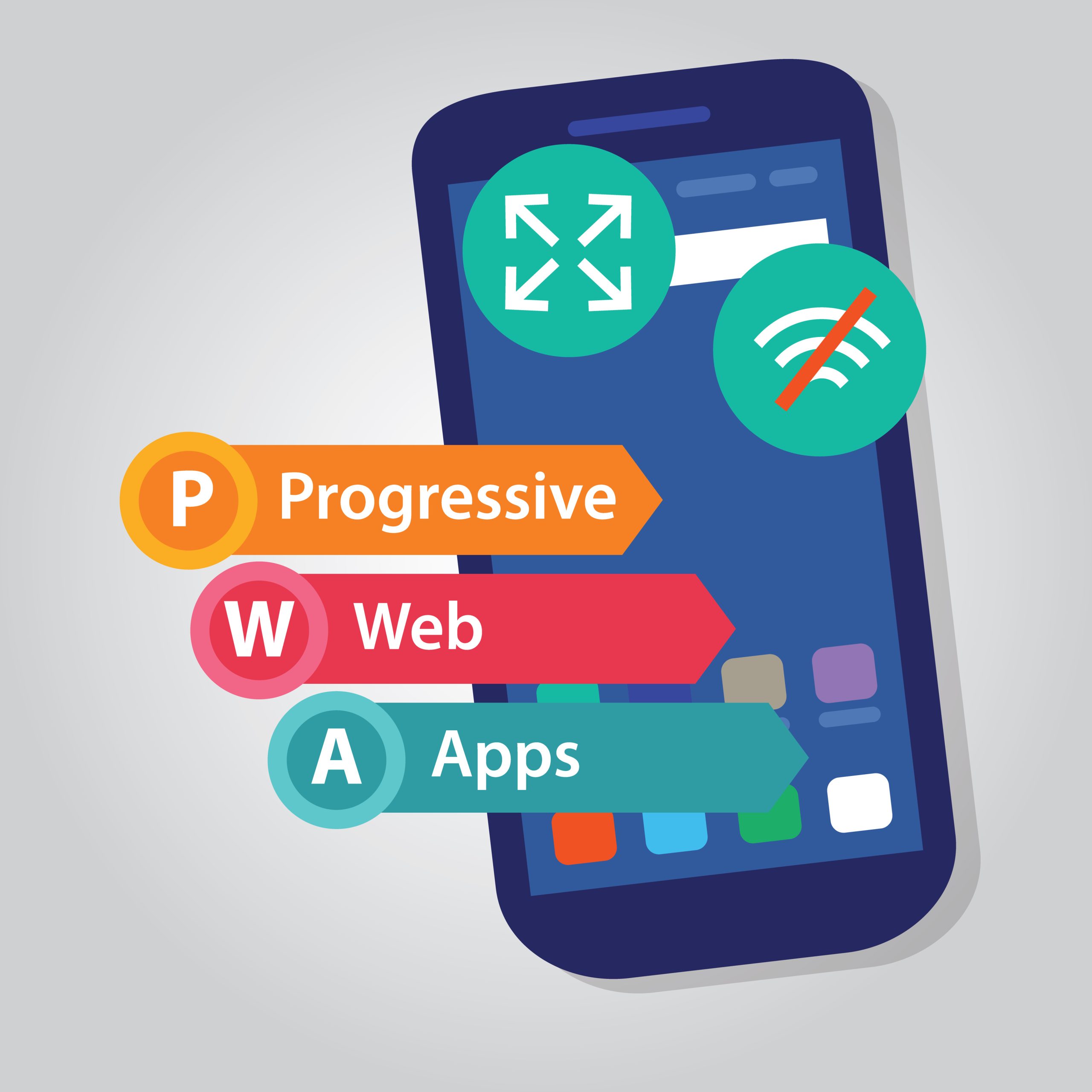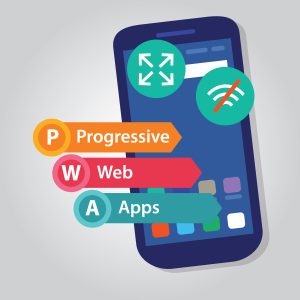It’s no secret that engagement has become the heart of today’s successful campaigns. Harnessing its power, however, is a significant challenge for entrepreneurs.
Before, cultivating user engagement involved delivering appealing content and messages that resonated with the target audience. But now, the game has shifted; it’s not only about the message anymore but also about its delivery.
This is where Progressive Web Apps (PWAs) step in.
In this article, you’ll learn what they are, including their features and benefits. You’ll also discover how these can pave the way to enhanced performance and engagement in the digital space.
So, if you’re an entrepreneur looking to level up your game, here’s what you need to know.
What Are Progressive Web Apps?

Progressive Web Apps combine the best of both worlds: the user experience (UX) of a native app and the accessibility of a website.
Just like any other web page, you can access PWAs through a browser. At the same time, they possess native-app-like features such as offline functionality and push notifications.
Built using standard web technologies like HTML, CSS, and JavaScript, PWAs deliver an immersive UX while being easily discoverable by search engines. If you’re looking to develop one, consider working with experts on web dev services Sydney or wherever you are for a seamless process.
Enhanced Performance With PWAs
One key feature setting PWAs apart from traditional web applications is their optimization for performance. With the following advantages, they prove to be a game-changer in the realm of web app development:
- Speed: PWAs load quickly, even on slow or unreliable networks, thanks to service workers and caching. The former refers to scripts that run independently from the main browser thread, enabling PWAs to fetch and cache resources in the background. This ensures the app remains functional even when the user is offline or has a weak connection.
- Reliability: As mentioned, they provide a reliable browsing experience by caching resources, regardless of network conditions. They can even function without an internet connection, allowing users to continue browsing, saving their progress, or submitting forms without disruption. This feature sets PWAs apart from traditional web applications, making them an enticing alternative for businesses looking to provide a seamless UX.
- Storage capacity: PWAs are typically smaller than native apps, freeing up valuable storage space on users’ devices. In many cases, the size may be up to 90% smaller than native app counterparts. With storage space being a valued commodity on most smartphones, users are likelier to pick a lightweight option that doesn’t require extensive installation.
These features show that PWAs can turbocharge a website’s performance, going above and beyond what traditional web apps offer.
Boosting Engagement With PWAs
Better performance is just the tip of the iceberg with PWAs. These programs also offer a range of features that improve user engagement:
- Home screen accessibility: Adding PWAs to a user’s home screen provides an app-like experience that drives engagement. This feature increases visibility and accessibility, encouraging users to interact with the app regularly.
- Push notifications: Like native apps, PWAs support push notifications—a vital tool for engagement and communication. These allow businesses to keep their users informed about new content, updates, and promotions while providing a platform for direct communication and interaction.
- Cross-platform compatibility: Developers use standard web technologies to create PWAs, ensuring compatibility with multiple devices and operating systems. This approach makes yours functional on various devices, creating a consistent UX and expanding your reach.
- SEO friendliness: They’re easily discoverable by search engines, boosting their SEO potential. PWAs are indexable and treated as standard websites by search engines, meaning better visibility and rankings. Leveraging this can help drive more traffic to your web app and expand your user base.
With all these capabilities, PWAs can be a powerful tool for encouraging user interaction in the web space.
Tips For Implementing PWAs
If you’re considering it, follow these tips:
- Do your research: Understand your target audience’s needs and preferences and identify the features that meet them.
- Choose the right platform: It should support PWAs and offer the tools necessary for successful implementation.
- Design for offline usage: Plan your PWA content and navigation to function seamlessly offline, providing continuous access to users.
- Perform testing: This way, you ensure compatibility and high performance across different devices and browsers.
- Use push notifications: These allow users to engage with relevant and personalized content in real-time, fostering long-term relationships.
By following these strategies, you can ensure a successful implementation of PWAs in your company.
Tap Into The Power Of PWAs
PWAs are a powerful solution for businesses seeking to enhance performance and engagement. Their capabilities can significantly increase user retention and satisfaction, resulting in deeper user connections. This way, you could leave a positive impression on your first-time customers and turn them into loyal ones.
If you want your company to thrive in the digital landscape, consider integrating PWAs to propel your business to new heights.



